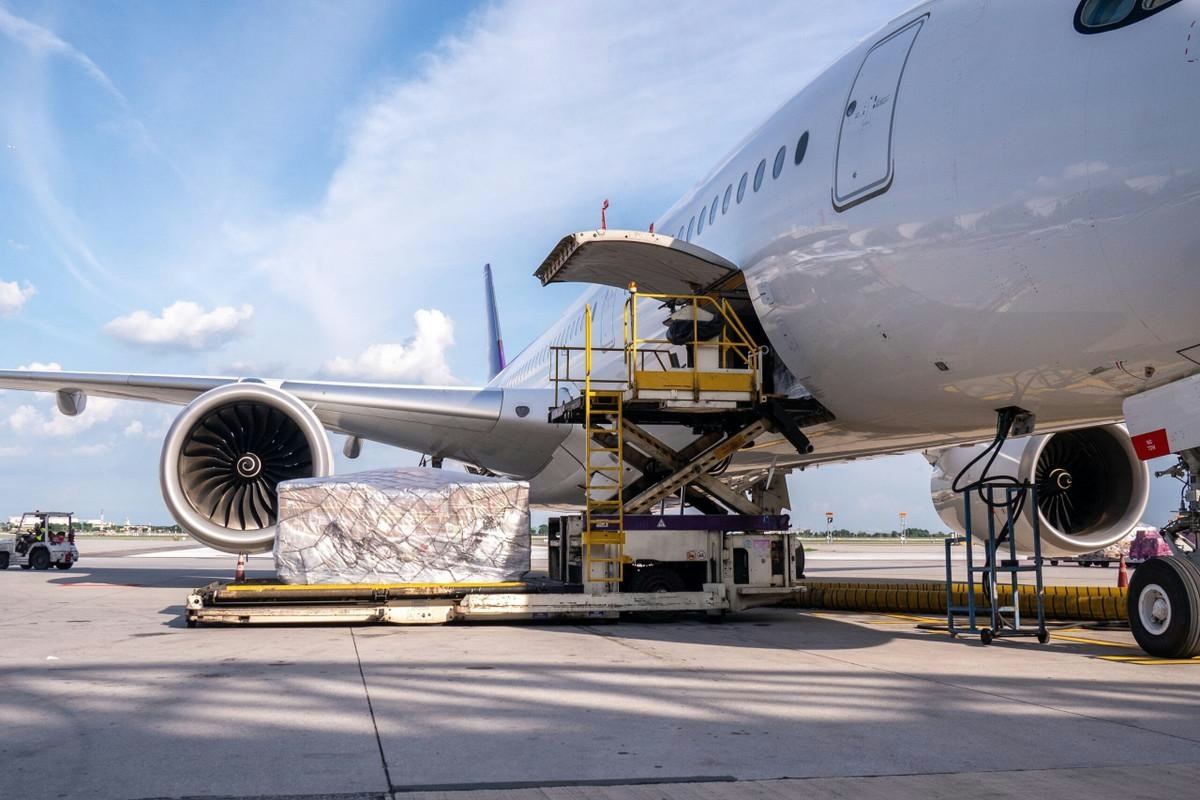
AeroGenie: il tuo copilota intelligente.
Tendenze
Categories
Joby Aviation Leads Archer in Electric Air Taxi Development
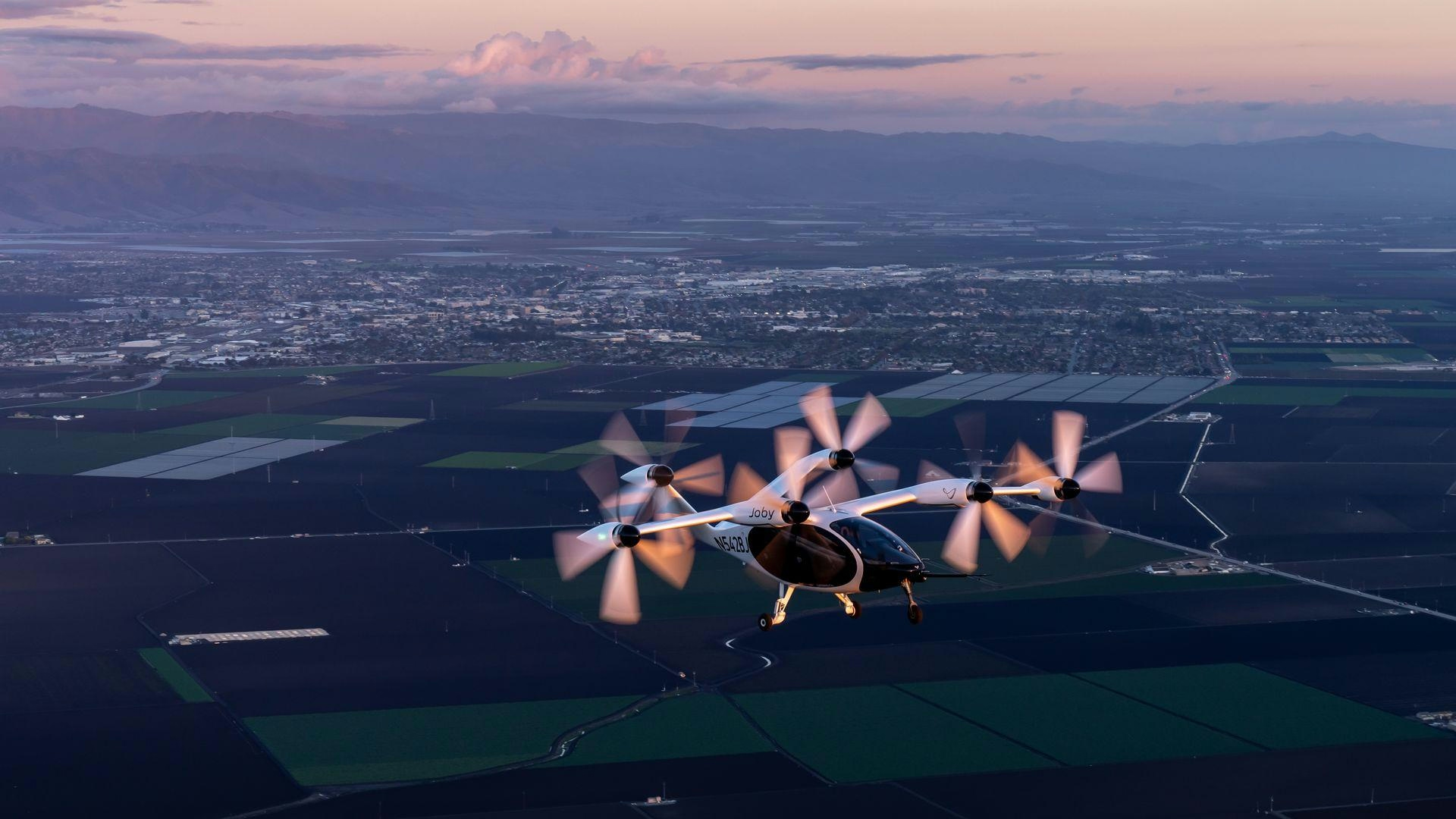
Joby Aviation Pulls Ahead in the Electric Air Taxi Race
The electric vertical takeoff and landing (eVTOL) sector, once a distant vision of the future, has rapidly evolved into a highly competitive industry as companies vie to transform urban transportation. Among the frontrunners are Joby Aviation and Archer Aviation, both publicly traded firms pursuing Federal Aviation Administration (FAA) certification and early market leadership. A 2025 analysis by Grizzly Research reveals a growing disparity between the two, with Joby lauded for its technical rigor and regulatory progress, while Archer faces criticism for overpromising and falling short on delivery.
Regulatory Progress: Joby’s FAA-Centric Approach Versus Archer’s Global Ambitions
Joby Aviation has distinguished itself as the most advanced candidate in the FAA certification process. By the third quarter of 2025, Joby had completed approximately 70% of Stage 4 (Testing & Analysis) in the FAA’s five-stage certification framework, with the FAA itself having completed 50%. This progress positions Joby at the critical Type Inspection Authorization (TIA) phase, where FAA pilots are expected to begin evaluating its S4 aircraft. Joby’s vertically integrated model—encompassing design, manufacturing, and testing—has expedited its compliance with FAA standards, including rigorous static load testing and sensor calibration. The company anticipates commencing TIA flight testing by late 2025, aiming for commercial operations in 2026.
In contrast, Archer Aviation trails significantly behind. As of August 2025, Archer’s FAA Type Certification for its Midnight eVTOL is only 15% complete, despite having secured foundational certifications such as Part 135 (air carrier) and Part 141 (pilot training). Archer’s involvement in a five-country alliance—including the United States, United Kingdom, Australia, Canada, and New Zealand—seeks to facilitate global certification. However, Grizzly Research cautions that this international focus may detract from meeting the stringent regulatory demands of the U.S. market.
Technical Viability: Engineering Substance Versus Marketing Emphasis
Grizzly Research’s critical assessment of Archer centers on the Midnight aircraft, which it characterizes as prioritizing marketing efforts over engineering depth. Archer’s prominent display in Abu Dhabi is viewed as a public relations maneuver, with its longest piloted flight covering 55 miles at 126 miles per hour. This performance pales in comparison to Joby’s 21 full-transition flights conducted in Dubai under challenging conditions. Joby’s S4 aircraft has demonstrated structural integrity through comprehensive load testing and has secured FAA acceptance for more than half of its test plans.
Joby’s technical credibility is further bolstered by strategic initiatives, including the acquisition of Blade Air Mobility’s ride-share business for up to $125 million. This move is expected to provide a ready customer base for transitioning from traditional helicopter services to electric air taxis in high-demand urban corridors. Meanwhile, Archer faces skepticism regarding its reported $6 billion order book, with allegations of inflated commitments and a scarcity of binding contracts. Although Archer’s $142 million contract with the U.S. Air Force for Midnight aircraft in 2024 lends some validation, it remains a niche engagement compared to Joby’s broader commercial and defense partnerships.
Operational Transparency and the Competitive Landscape
Transparency emerges as a further point of differentiation between the two companies. Joby reported a net loss of $325 million in the second quarter of 2025 but maintains robust cash reserves of $991 million and secured a $250 million investment from Toyota. Its collaboration with L3Harris Technologies on defense missions enhances its position in the hybrid-electric eVTOL sector.
The competitive environment remains intense. Archer has partnered with Anduril Industries to pursue defense applications, while other contenders such as Vertical Aerospace and Beta Technologies are developing hybrid-electric eVTOLs targeting both defense and commercial markets. Nevertheless, Joby’s regulatory advancements, technical achievements, and strategic acquisitions currently establish it as the leader in the electric air taxi race.
For investors and industry observers, the diverging trajectories of Joby and Archer underscore the critical importance of regulatory readiness, engineering substance, and operational transparency in shaping the future of urban air mobility.
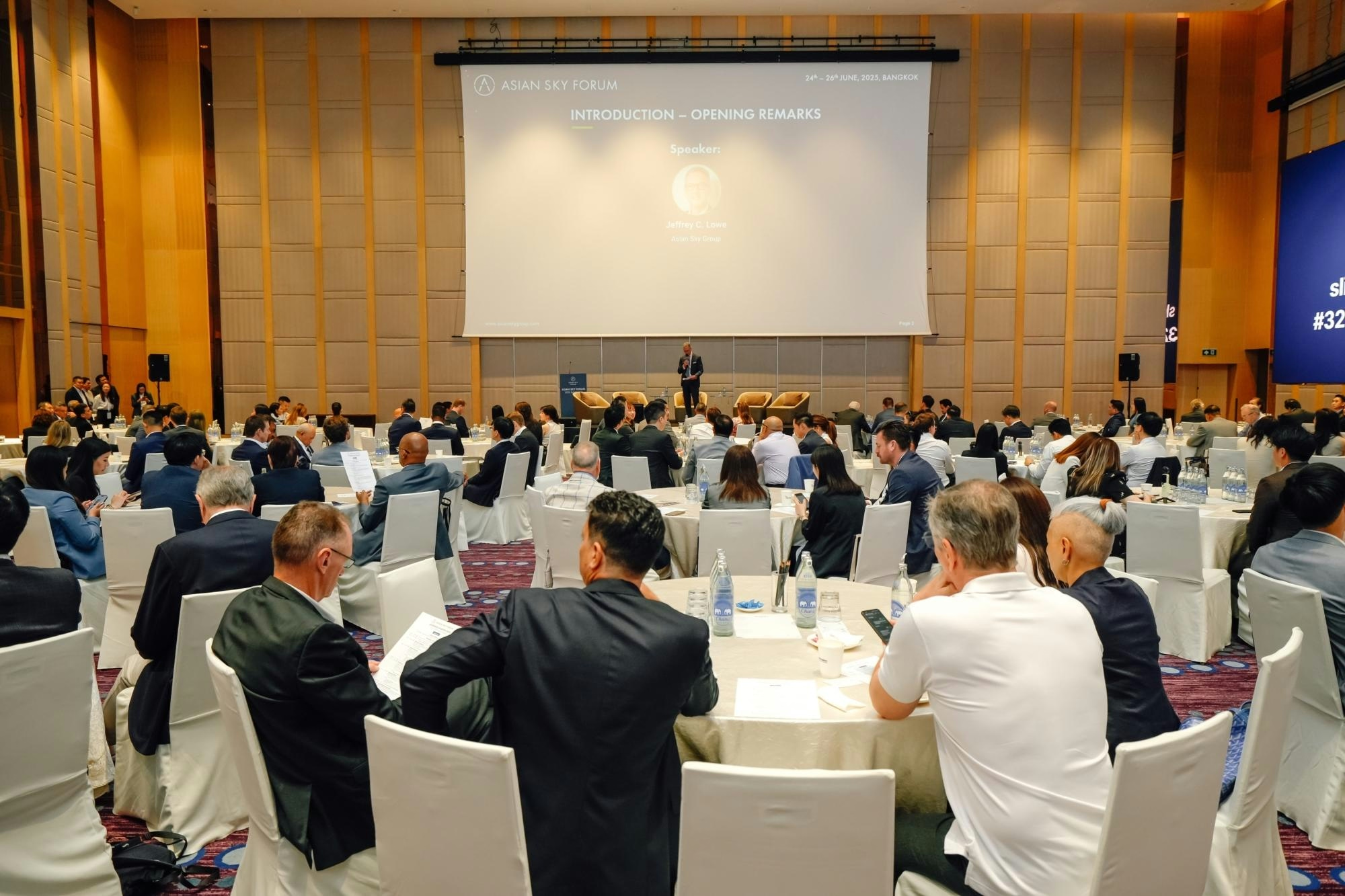
FACTS Summit 2025 in Sydney Highlights Innovation and Sustainability in Asia-Pacific Corporate Travel and Aviation
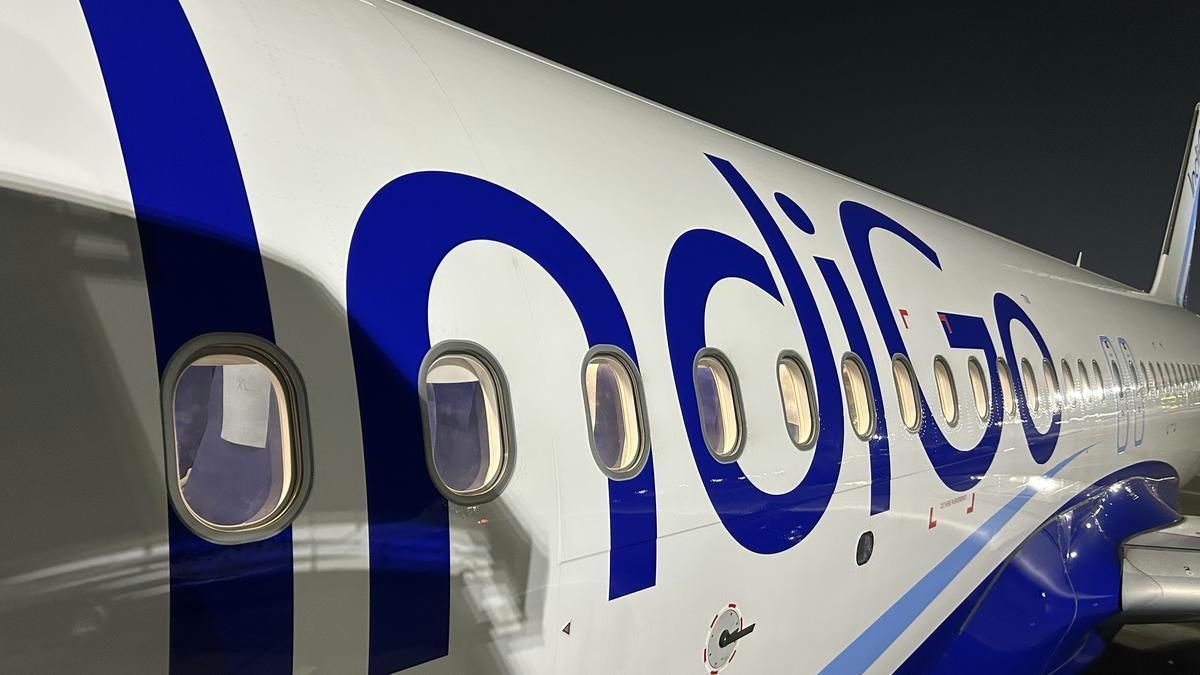
IndiGo to Deploy Wide-Body Aircraft on Vijayawada-Hyderabad Route, Says MP
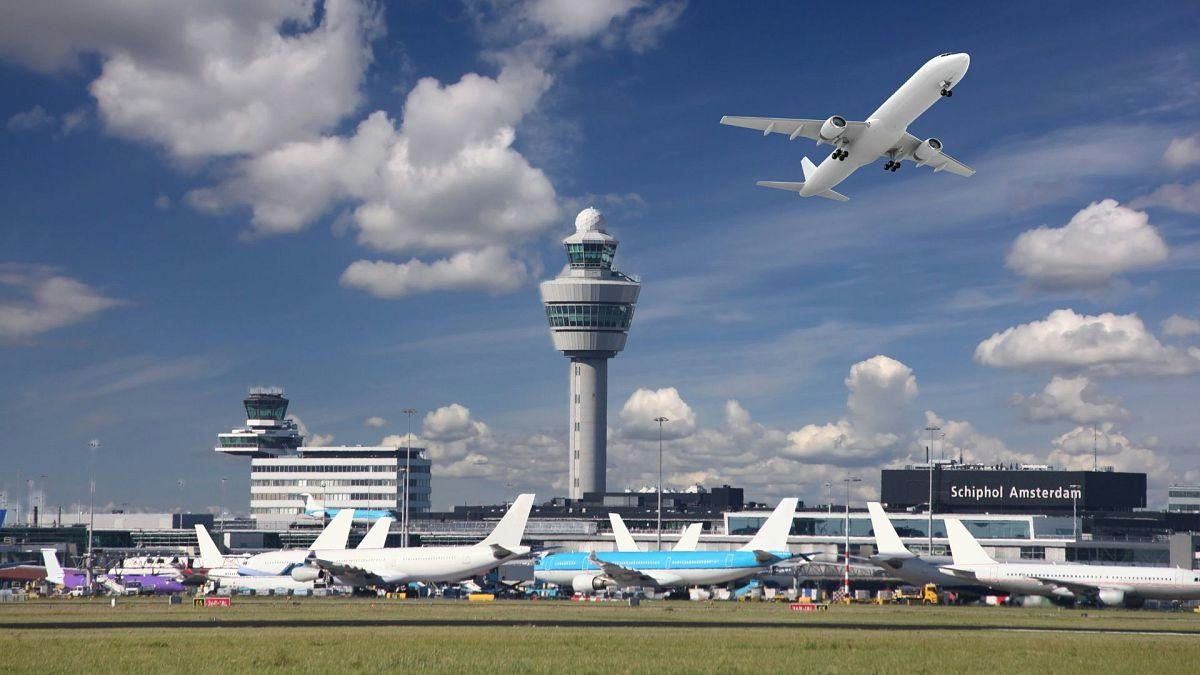
Europe Unveils New Aviation Strategy to Promote Cleaner, Faster Flights
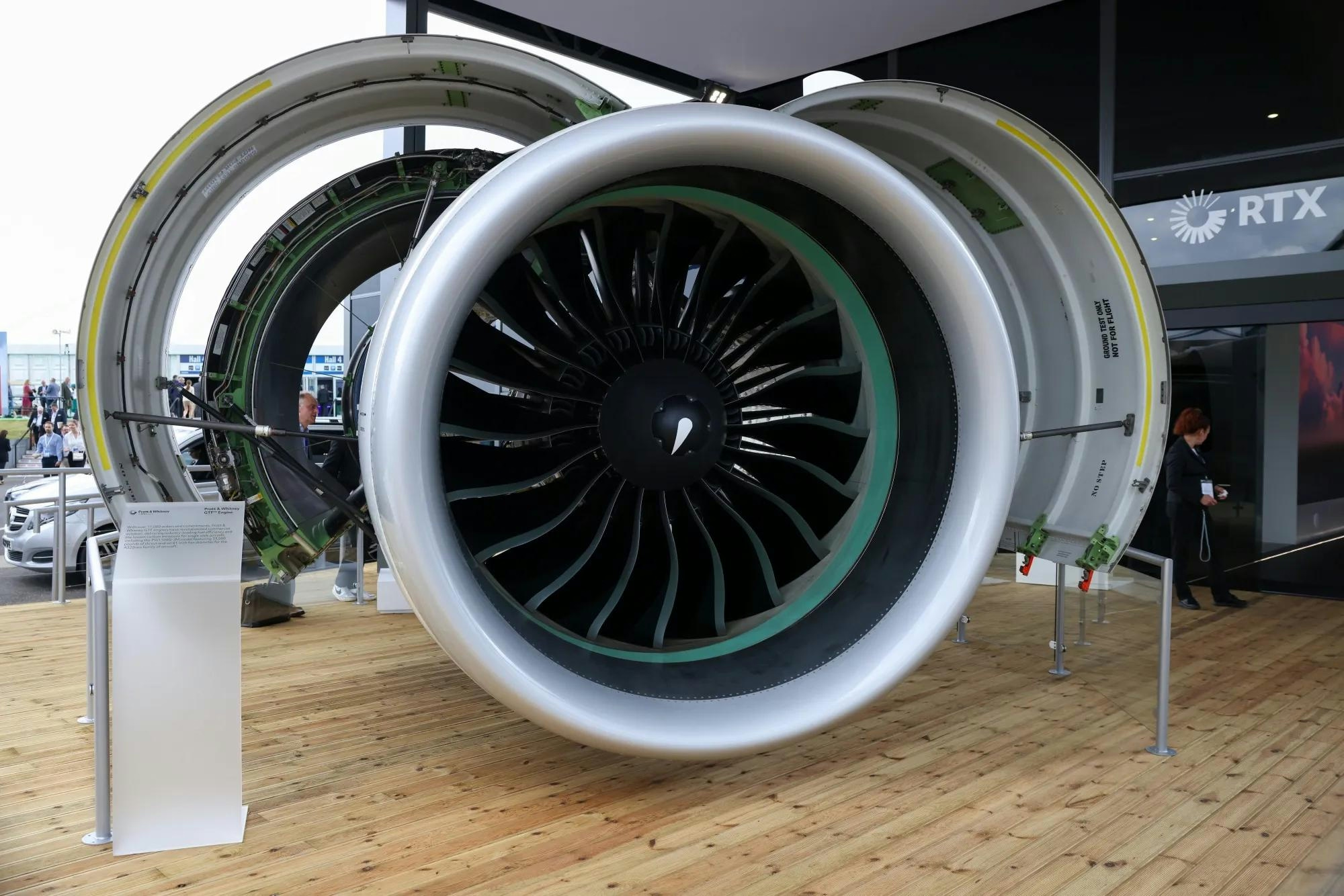
Spirit Signs Agreement with Pratt & Whitney Units on Aircraft Engines

ADB SAFEGATE Receives Industry Awards for Marketing, R&D, and Social Impact

GA Telesis Secures Five-Year Landing Gear Overhaul Agreement with Major U.S. Carrier

Government Strengthens Aviation Safety Framework Amid AI-171 Investigation
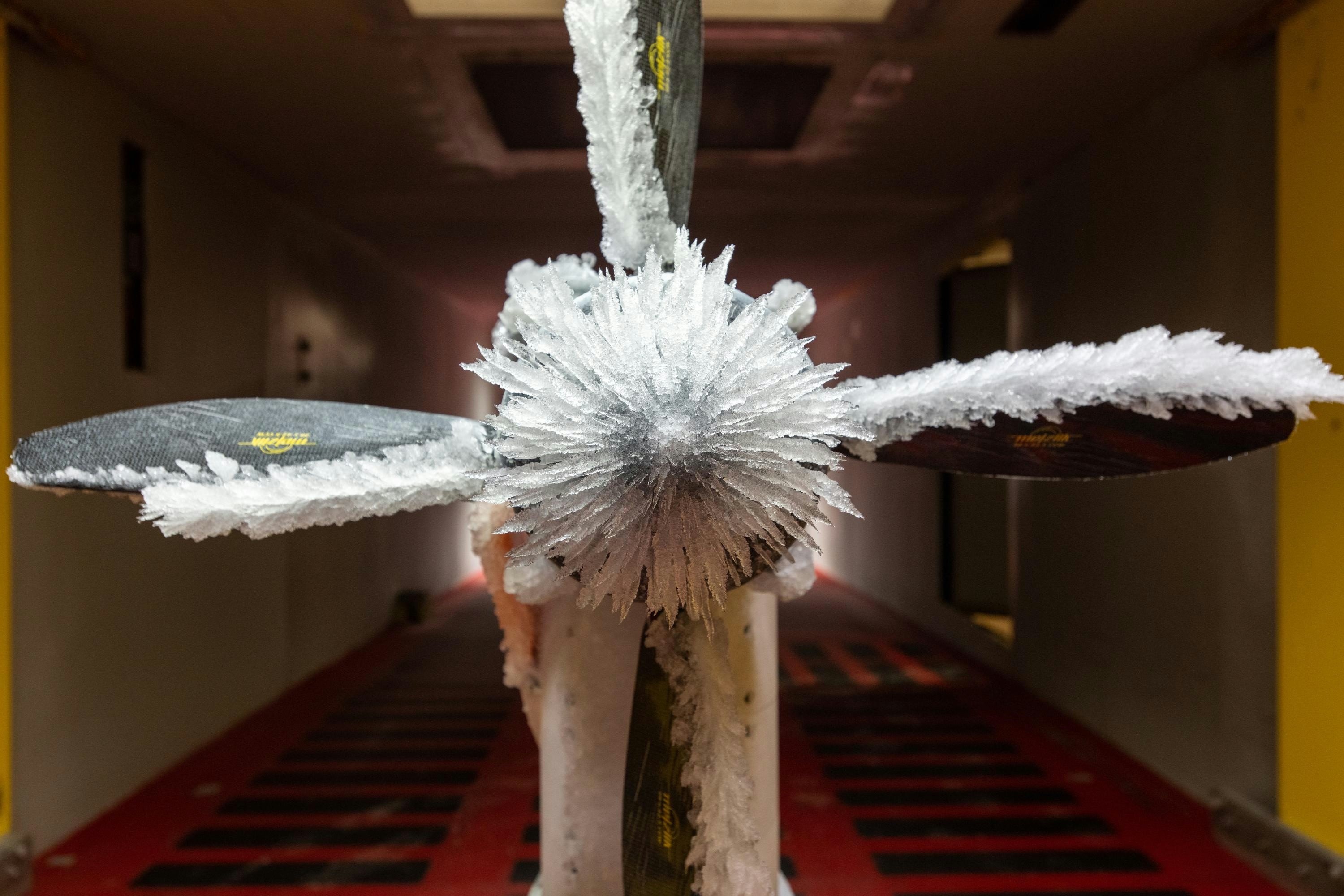
NASA Software Raises Bar for Aircraft Icing Research
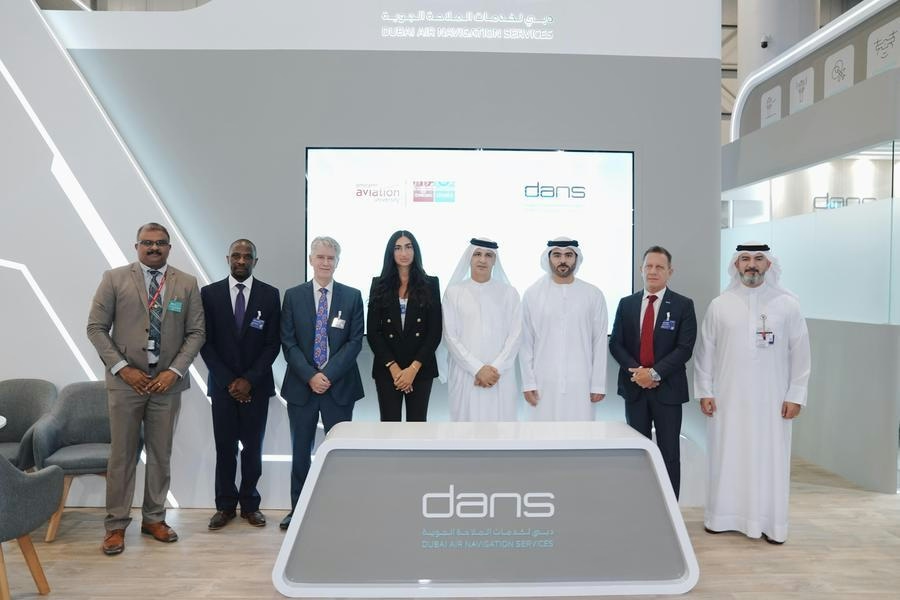
Dans and Emirates Aviation University Partner on AI Air Traffic Management Research
